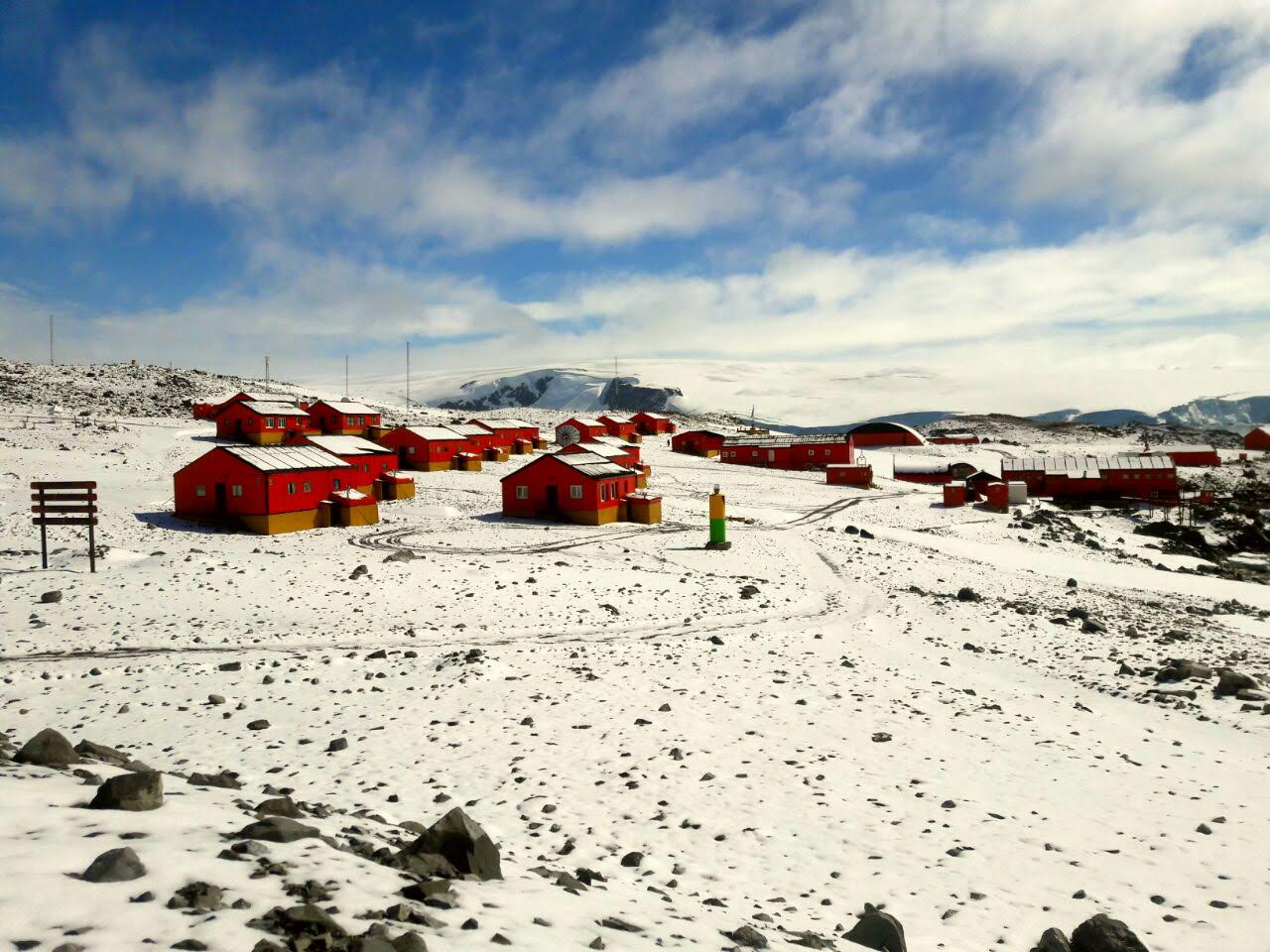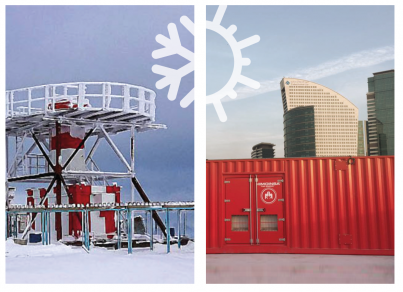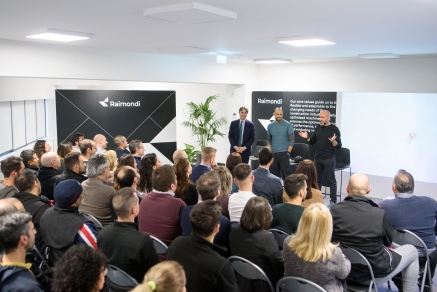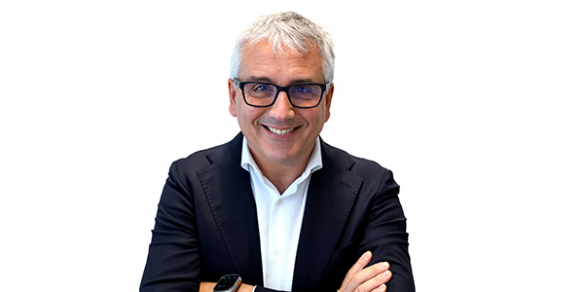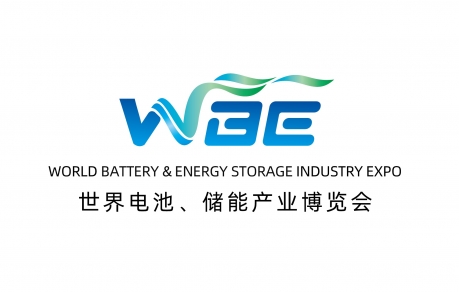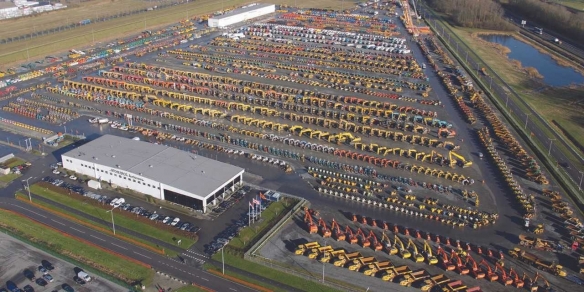The harshness of the environment can seriously affect a generator set's performance, so adapting it to the environment and taking a series of extra measures allows for top performance, regardless of where the project is carried out.
"It is not the strongest of the species that survives, nor the most intelligent that survives. It is the one that is most adaptable to change”, stated the British naturalist Charles Darwin. This lack of environmental adaptation means that we cannot carry out our activity at 100%. This process of a reduction in rated working capacity is known as "derating", and its effects are the same as with generator sets when there are changes in the environment in which they usually work, meaning it is necessary to apply modifications in generators so they can operate normally. Therefore, before selecting the characteristics of the generator set, it is necessary to clearly identify the conditions of the environment in which it will be operating.
There are four main determining factors in the viability study of a generator set in the face of extreme climatic environments:
- Temperature
- Moisture
- Atmospheric pressure
- Air quality: This depends on several factors, including oxygen concentration, suspended particles, salinity, and various environmental contaminants, among others.
Climates with a -10°C or over 40°C ambient temperature, humidity above 70%, or a desert environment with a large amount of airborne dust are clear examples of extreme environmental conditions. All these factors can cause problems and shorten the service life of generator sets, both if they work on standby, since they have to remain stopped for long periods of time, or continuously, as the engine can easily heat up due to the number of working hours, and even more so in dusty environments.
What can happen to my generator set in extreme hot or cold conditions?
We understand extremely cold climates for the generator set to be when the ambient temperature may cause some its components to fall to freezing level temperatures. In a climate below -10 ºC the following can happen:
- Difficulties in start-up due to low air temperature.
- Moisture condensation on the alternator and radiator, which can create sheets of ice.
- The battery discharge process can be accelerated.
- Circuits containing fluids such as oil, water or diesel can freeze.
- Oil or diesel filters can get clogged.
- Thermal stress at start-up can be produced by switching from an extremely low to an extremely high temperature in a relatively short period of time, running the risk of engine block and circuit breakage.
- The moving parts of the engine become more sensitive to breakage, also due to the possible freezing of the lubricant.
On the contrary, extremely hot environments (over 40 ºC) essentially lead to a reduction in power, due to the variation of the air density and its O2 concentration to carry out the combustion process. There are particular cases for environments such as:
Tropical climates and jungle environments:
In this type of climate, very high temperatures are combined with particularly high levels of humidity (often over 70%). Generator sets without any kind of countermeasure can lose about 5-6% of power (or even higher percentages). In addition, the intense humidity causes the copper windings of the alternator to undergo rapid oxidation (the bearings are particularly sensitive). The effect is similar to that we would find at extremely low temperatures.
Desert climates:
In desert climates, there is a drastic change between day-time and night-time temperatures: During the day temperatures can reach above 40 °C and at night they can drop to 0 °C. Issues for generator sets can arise in two ways:
- Issues due to high temperatures during the day: a decrease in power due to a variation in air density, high air temperature that can affect air cooling capacity of the generator set's components, and especially the engine block, etc.
- Due to low temperatures during the night: difficulty in start-up, accelerated battery discharge, thermal stress on the engine block, etc.
In addition to temperature, pressure and humidity, there are other factors that can affect the operation of the generator set:
- Airborne dust: It may affect the engine's intake system, cooling by reduction of airflow in the radiator, control panel electrical components, alternator, etc.
- Environmental salinity: It would generally affect all metal parts, but more importantly the alternator and the generator set canopy.
- Chemicals and other abrasive contaminants: Depending on their nature they can affect the electronics, alternator, canopy, ventilation, and other components in general.
Recommended configuration according to the location of the generator set
The generator set manufacturers take certain measures to avoid the inconveniences described above. Depending on the type of environment we could apply the following.
In extreme cold climates (<-10 ºC), the following can be included:
Temperature protections:
- Engine coolant heating resistance
- With pump
- Without pump (convection)
- Oil heating resistance
- With pump. Heating system with pump integrated in coolant heating
- Crankcase patches or immersion resistors
- Fuel heating
- In prefilter
- In hose
- Heating system with diesel burner for places where an auxiliary power supply is not available
- Air inlet heating
- Heating resistances of the generator compartment
- Heating of the control panel. Control units with resistance in display
Snow protection:
- “Snow-Hood” snow covers
- Alternator filter
- Motorized or pressure slats
Protection at high altitudes:
- Turbocharged engines (for power below 40 kVA and according to the model, since in higher powers it is standard)
In climates with extreme heat (>40 ºC):
Temperature protections:
- Radiators at 50 ºC (ambient temperature)
- Open Skid
- Canopy/container
- Cooling of the fuel return circuit
- Special engines to withstand temperatures above 40 ºC (for gas gensets)
Moisture protection:
- Special varnish on the alternator
- Anti-condensation resistance in alternator
- Anti-condensation resistance in control panels
- Special paint
- C5I-M (in container)
- Zinc enriched primer (in canopies)
Protection against sand/dust:
- Sand traps in air inlets
- Motorized or air pressure opening blades
- Alternator filter
- Cyclone filter in engine
HIMOINSA, with nearly 40 years of experience in the manufacture of generator sets, has developed multiple projects on sites with extreme climates yielding successful results. Some of these from recent years are:
Port of Constanța (Romania)
Gas Petroamazonas (Ecuador)
Algiers Airport (Algeria)
Ikitelli City Hospital (Turkey)
Power in Antarctica
Conclusions:
A correct configuration of your generator set and the carrying out of preliminary studies on the climatology of the equipment's location (temperature, humidity conditions, pressure and atmospheric pollutants) will help extend the useful life of your generator set and keep its performance in perfect state, in addition to reducing maintenance tasks with the suitable accessories. HIMOINSA's complete and experienced technical engineering team always performs these preliminary studies on site, and can help you make the most suitable configuration decisions for your project.
